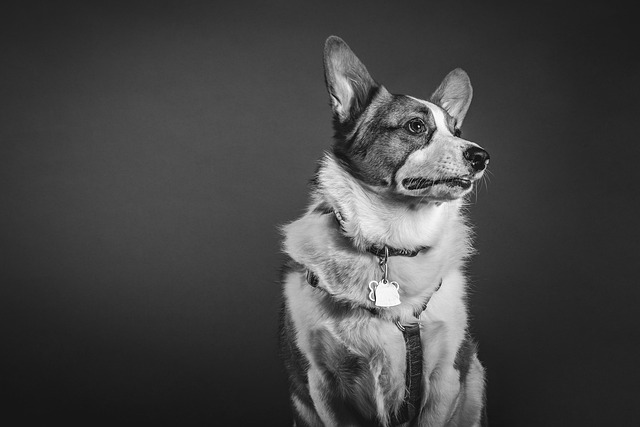
What are signs my dog has a urinary tract infection?
There’s nothing quite like watching your dog dash around the backyard, tail wagging freely. But when that energy suddenly dims, it’s natural to worry.
Watching your dog strain to pee or pace restlessly by the door tugs at your heartstrings. Urinary tract disease in dogs can turn everyday routines into a source of worry, but you’re not alone in this fight. Understanding the ins and outs of treatment—from diagnosis to recovery—can turn those anxious moments into a path towards your pup’s health.
The first step? Don’t play doctor. In many regions, administering unprescribed medications to pets violates animal health regulations. If you notice symptoms like frequent urination, blood in the urine, or excessive licking of the genital area, book a vet appointment immediately. Your vet will run tests, usually starting with a urine sample, to confirm if bacteria, crystals, or other issues are causing the problem.
Once diagnosed, treatment often starts with antibiotics. These medications target bacterial infections, the most common culprit behind urinary tract issues. But here’s the catch: never skip doses or stop early, even if your dog seems better. Incomplete treatment can lead to resistant infections, and in some areas, improper use of antibiotics in pets contributes to public health concerns. Follow your vet’s exact instructions, and if the medication causes side effects like vomiting, call your vet right away.
 Diet plays a crucial role too. For dogs prone to crystals or stones, your vet might recommend a special prescription diet. These formulas help dissolve existing crystals and prevent new ones from forming. It might feel like a hassle to switch up your dog’s meals, but think of it as a long-term investment in their health. Plus, feeding a diet approved by veterinary nutritionists aligns with responsible pet ownership standards in many communities.
Diet plays a crucial role too. For dogs prone to crystals or stones, your vet might recommend a special prescription diet. These formulas help dissolve existing crystals and prevent new ones from forming. It might feel like a hassle to switch up your dog’s meals, but think of it as a long-term investment in their health. Plus, feeding a diet approved by veterinary nutritionists aligns with responsible pet ownership standards in many communities.
Hydration is your secret weapon. Encouraging your dog to drink more water flushes out bacteria and keeps their urinary tract clean. Try adding a bit of low-sodium chicken broth to their water bowl, or invest in a pet water fountain—many dogs find the moving water more enticing. Just make sure any added supplements or food items comply with local pet food regulations.
Prevention is better than cure, and that’s especially true for urinary tract issues. Regular vet check-ups catch early signs of trouble. Keeping your dog’s living area clean reduces the risk of bacteria exposure, and ensuring they get enough exercise helps maintain a healthy weight, which is linked to better urinary health. And if you have multiple dogs, watch for signs of bullying during potty breaks—stress can contribute to urinary problems.
Treating urinary tract disease in dogs is a journey, but every step you take shows your love. From that first vet visit to the moment your dog bounds outside with a healthy bladder, you’re their advocate. So stay informed, follow the rules, and know that with the right care, brighter, worry-free days are ahead.

There’s nothing quite like watching your dog dash around the backyard, tail wagging freely. But when that energy suddenly dims, it’s natural to worry.

You’re giving your dog a belly rub after a long walk in the park, and suddenly you notice something odd. Maybe they’ve been scratching more than usual

You’re playing tug - of - war with your puppy, and suddenly, you notice a tiny, sharp object on the floor. Upon closer inspection, it’s a tiny tooth!

You’re snuggling with your dog on the couch, and suddenly notice their fur feels different—gritty, maybe even flaky. That’s when the worry sets in: could it be seborrheic dermatitis?

Watching your dog have a seizure at home is like a gut - punch of fear. The twitching, the loss of consciousness—it’s terrifying.

Witnessing your dog have a seizure is one of the most frightening experiences any pet owner can face. The sudden collapse, the uncontrolled shaking